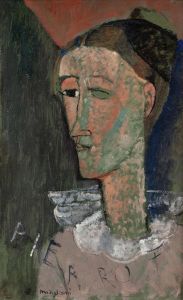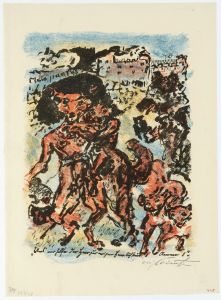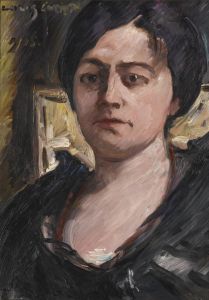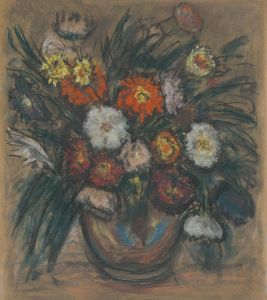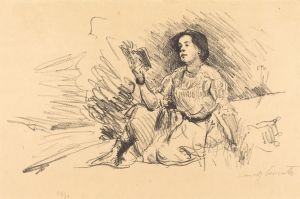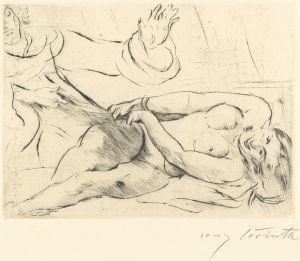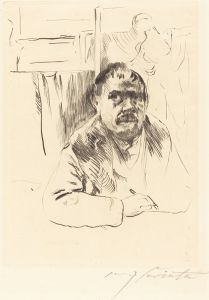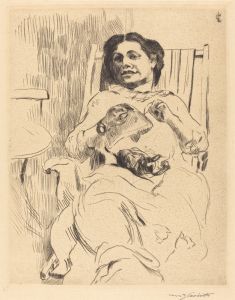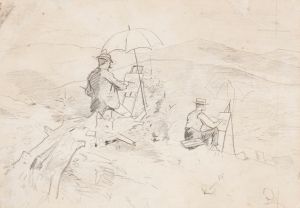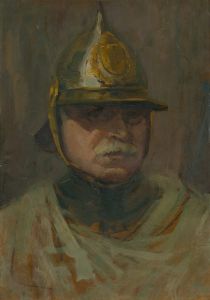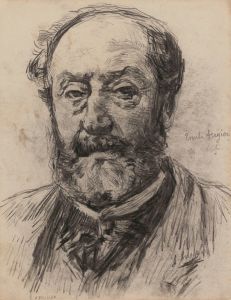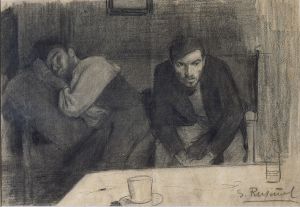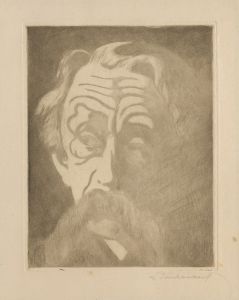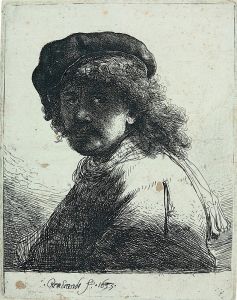
Self-Portrait Sketching
A hand-painted replica of Lovis Corinth’s masterpiece Self-Portrait Sketching, meticulously crafted by professional artists to capture the true essence of the original. Each piece is created with museum-quality canvas and rare mineral pigments, carefully painted by experienced artists with delicate brushstrokes and rich, layered colors to perfectly recreate the texture of the original artwork. Unlike machine-printed reproductions, this hand-painted version brings the painting to life, infused with the artist’s emotions and skill in every stroke. Whether for personal collection or home decoration, it instantly elevates the artistic atmosphere of any space.
Lovis Corinth (1858–1925) was a German painter and printmaker associated with the Impressionist and later Expressionist movements. His works often explored themes of portraiture, landscapes, and historical or mythological subjects. Among his numerous self-portraits, Self-Portrait Sketching is a notable example that reflects his artistic style and personal introspection.
Self-Portrait Sketching is a painting created by Corinth in 1912. The work depicts the artist seated at a table, engaged in the act of sketching. The composition is intimate, offering a glimpse into Corinth's creative process while showcasing his characteristic brushwork and use of color. The painting is rendered with loose, expressive strokes, a hallmark of Corinth's mature style, which blends Impressionist influences with the emotional intensity of Expressionism. The palette is rich and dynamic, with warm tones dominating the scene, creating a sense of immediacy and vitality.
This self-portrait is significant as it was painted during a pivotal period in Corinth's life. In 1911, he suffered a stroke that temporarily paralyzed his left side and affected his ability to work. Despite this setback, Corinth made a remarkable recovery and continued to paint, adapting his technique to accommodate his physical limitations. Self-Portrait Sketching is often interpreted as a testament to his resilience and dedication to his craft. The painting captures not only the physical act of creation but also the artist's determination to persevere in the face of adversity.
The work also reflects Corinth's interest in self-examination, a recurring theme in his oeuvre. Throughout his career, he produced numerous self-portraits, each offering a different perspective on his identity and artistic journey. In Self-Portrait Sketching, the act of depicting himself in the midst of creation underscores his dual role as both subject and observer, blurring the boundaries between the artist and his work.
Today, Self-Portrait Sketching is recognized as an important example of Corinth's later work. It is housed in the collection of the Museum of Fine Arts in Leipzig, Germany, where it continues to be appreciated for its artistic and historical significance. The painting serves as a powerful reminder of Corinth's ability to transform personal challenges into creative inspiration, solidifying his legacy as one of the leading figures in modern German art.





